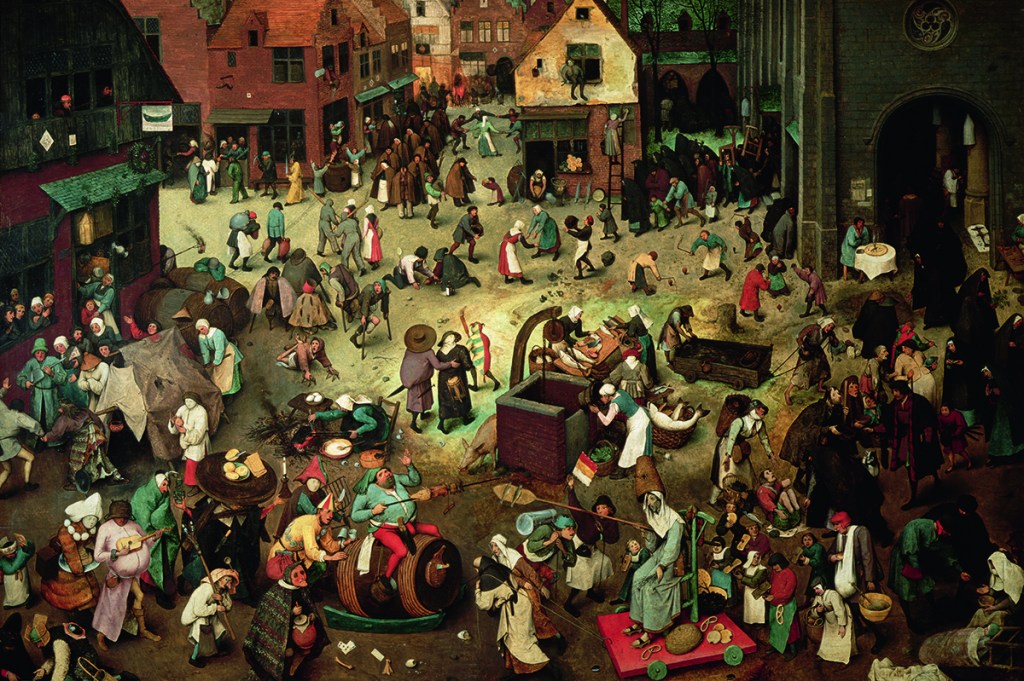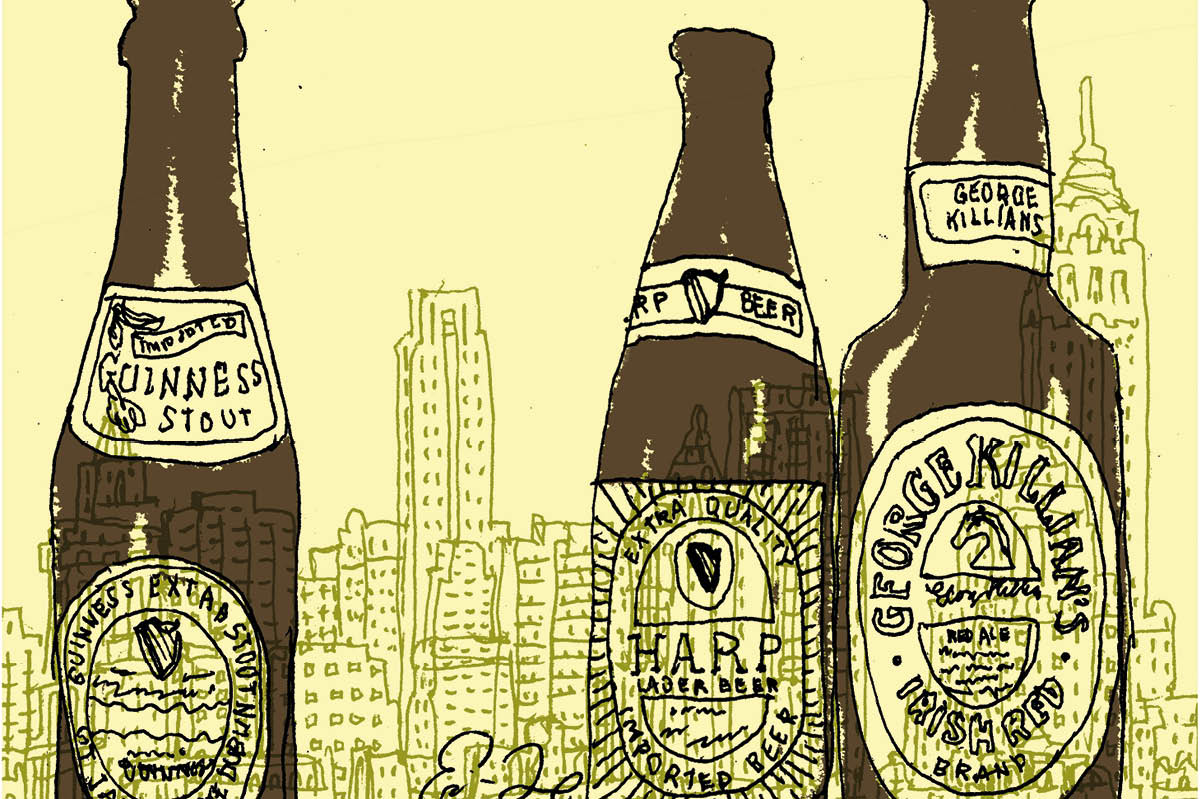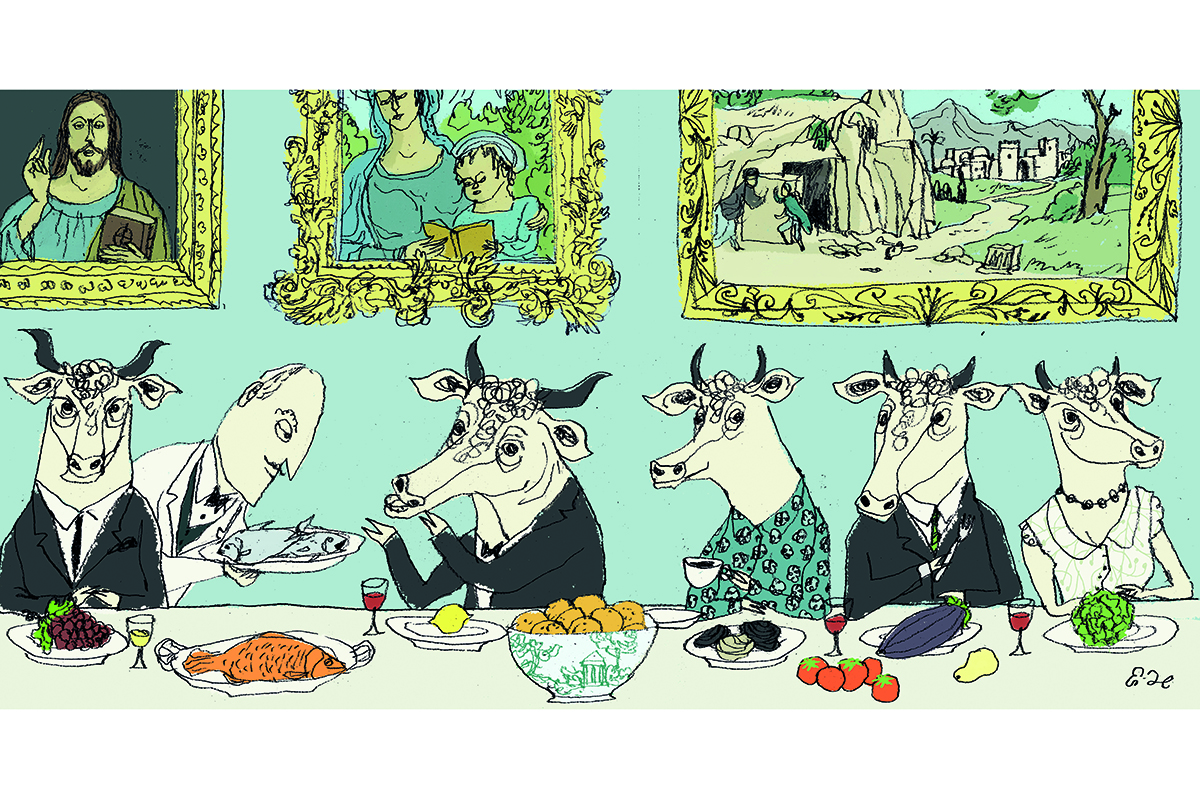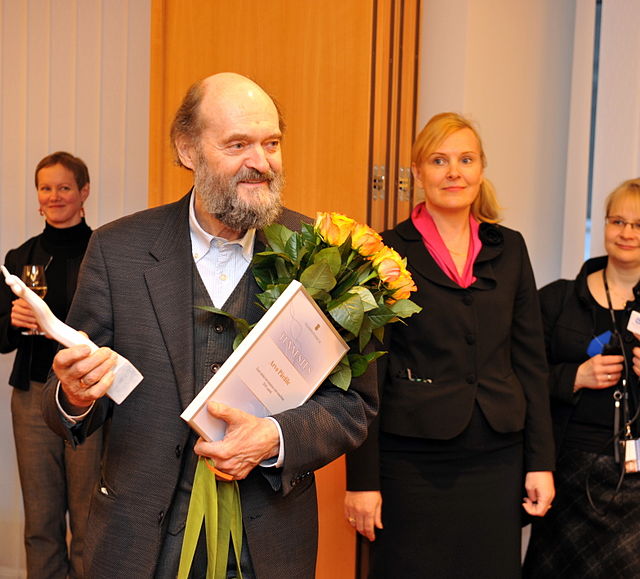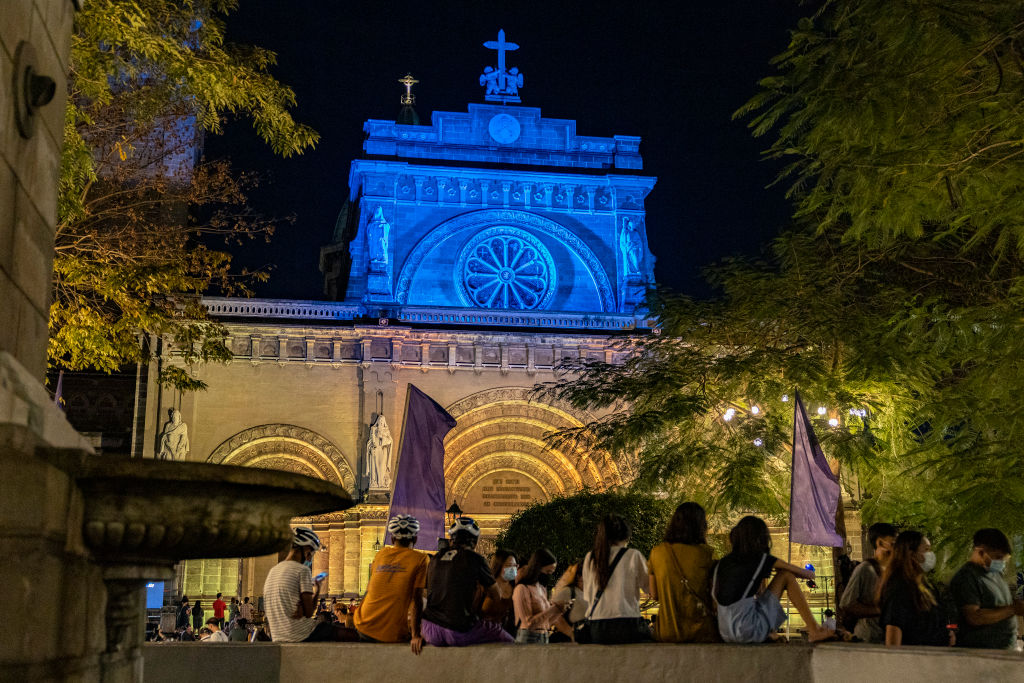This article is in The Spectator’s March 2020 US edition. Subscribe here.
If the Roman Catholic Lent can be exemplified by fish fries, the Byzantine Catholic Lent can be encapsulated by Patrick Bateman’s final monologue in the movie American Psycho: ‘My pain is constant and sharp, and I do not hope for a better world for anyone. In fact, I want my pain to be inflicted on others.’
I am not a misanthrope. But a mere several days into the Byzantine Great Fast preceding Easter, going to social events can be torturous. The sight of meaty or cheesy foods causes me to want to pull the pin from my corporal grenade of self-control. The Byzantine Fast, which ups the ante on Lenten fasts, obliges Catholics (and Eastern Orthodox Christians) to completely abstain from meat and dairy for the duration of the season.
Dining at restaurants is a test of the fasting Christian’s will. The devil works hard, but TGI Fridays appetizer menu works harder (perhaps the two work together), seducing even the most resolute faster into fantasizing about its artery-clogging selection of cheeses in every variation: stuffed inside things, intended to have other things dipped into it, and of course used as a coating.
During the several weeks before Easter, there may be moments where I appear gaunt, my face concave, my spirits morose. I may find social events less jovial, as I furiously knock back bottles of sparkling water to trick my stomach into thinking it’s satiated and eyeball Swedish meatballs punctured with cocktail toothpicks, trying to imagine that they’re heads on spikes instead to diminish my appetite.
This sobering period of sacrifice and penance is in preparation for the passion and resurrection of Christ and, as Archbishop Fulton Sheen said, first we fast and then we feast. Although there are moments where the brute human in you will manifest itself in histrionics (‘hangry’ as they say), let me remind you that the buffalo-wing-sized emptiness in your stomach is intended to help purify your heart and mind for Easter.
And before the anticipated feast arrives, there are some strategies I’ve picked up over the course of my life as both a Christian and a compulsive eater that can help you keep your fast while not being indulgent enough that you squander Lent’s purpose.
If you’re a Roman Catholic who wants to flex your chops the next time you join your friends at the Friday fish fry, cast your eyes eastward — not just to observe Lent the Eastern way, but to eat their way, too. Lentils and chickpeas, specifically, should become staples in your pantry, which can be made into the Levantine foods mujaddara or hummus. Get prepared to use an entire bushel of parsley for tabbouleh instead of just a few leaves for garnishing appropriately named, and positively un-Lenten, deviled eggs.
I know what you’re thinking — ‘What about carbs? What about bread? And pasta! That’s vegan!’ Loopholes may be for the wealthy to duck taxes, but they’re not for the pious. Bread and pasta can indeed be vegan, but they’re also foods one eats to drown post-breakup sorrows or to celebrate a little league soccer victory at a local Olive Garden. Lentils, on the other hand, in no variation and with no amount of heavy cream (even if Paula Deen has anything to do with it) can be made indulgent.
Of course, you know what being vegan, even temporarily, means: you get to tell everyone you’re vegan, from waiters at catered lunches who ask for dietary restrictions to strangers during lulls in conversation. You’re not doing it as an act of protest against industrial animal farming, you’re doing it for The Man Upstairs, a justification that earns you social clout and also possibly centuries off a purgatory sentence. Making this information public knowledge also gives you a sense of accountability — you weren’t ravenously staring at the molten nachos everyone else was eating. You wanted the lonesome diced jalapeños.
If you decide against observing the Eastern Lent and prefer the wafting, deep fried nostalgia of a church fish fry, I can’t blame you. The taste of Filet-O-Fish is close to godliness, helping distract from your hankering for desserts once you give them up (I can personally testify to this). Also, try ruminating less on Patrick Bateman’s infamous words (and absolutely don’t watch the movie), and remember Archbishop Sheen’s wisdom — the feast is worth the wait.
This article is in The Spectator’s March 2020 US edition. Subscribe here.



